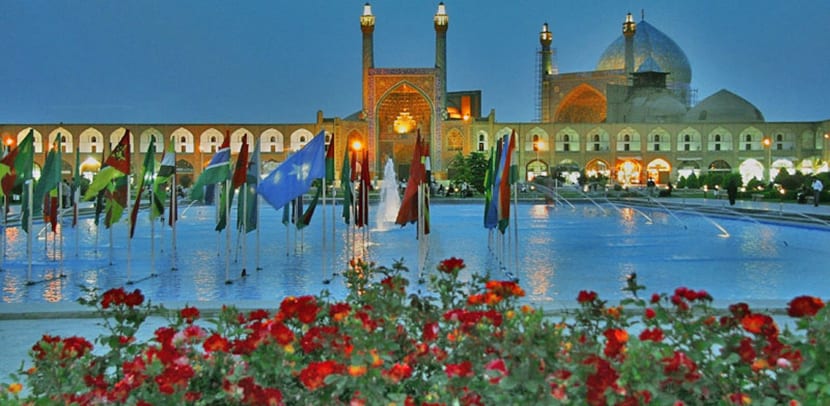
For some time now we are dedicating articles to Iran, a little known or little appreciated tourist destination. And not by chance since our perception of the world is mediated by, worth the redundancy, the media, and the truth is that they do not advertise it at all. A pity, since I repeat here that it is a fate that will take your breath away.
We have made an article with practical information on procedures, visas and other questions to plan a trip to Iran and also another on what to see in Tehran, the capital. But we said then that we cannot reduce the country to that city and that's the way it is. Echoing some readers we continue with our sightseeing in Iran, to continue discovering this great destination. Today it is the turn of Isfahan.
Isfahan
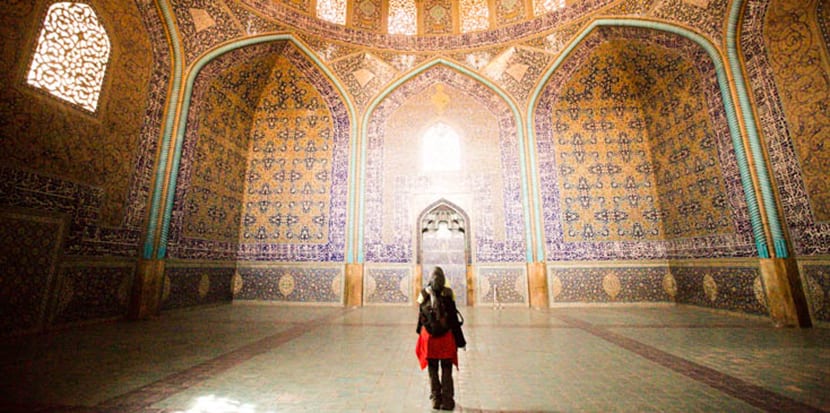
It is the third largest city in the country and is about 340 kilometers from Tehran. It rests in a valley, enjoys a temperate climate with defined seasons and for Iranians it is architectural and cultural capital of their nation. It used to be the capital of the Persian Empire in the XNUMXth century and there are those who consider it Iranian Andalusia so it is a beautiful city.
From Tehran you can get there by bus down the Kashan road, taking about five or six hours. If you don't want to spend that time during the day you can take advantage of one of the loa night buses. You can also rent a private car and buy some time, but it can be more expensive due to the cost of gasoline and the fact that the driver can charge you for the double trip since he has to return to the capital without you.
There are people who rent a car and decide to drive on their own but the highways are not very scenic, rather they are somewhat boring. The maximum speed is 1100 km / h.
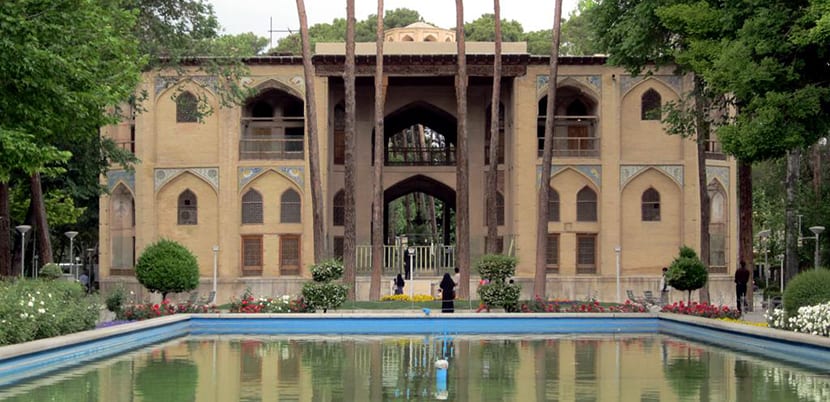
In 2006 Isfahan was chosen as the second capital of the Islamic world after Mecca, but tourism remains unexploited as its authorities expected. And that is one of the best known destinations within foreign tourism. What should you visit here? First of all the Hasht Behesht Palace, the most luxurious and beautiful in the city although one of the smallest and that has suffered the most damage over time.
It was built during the second half of the seventeenth century and at the time it was one of the more than forty palaces and mansions that existed, but it is the only one that has survived to this day. This beautiful place with wooden columns and a large open terrace that overlooks a park full of green trees and with a central pond is open from 8 am to 8 pm and the entrance price is US $ 3.
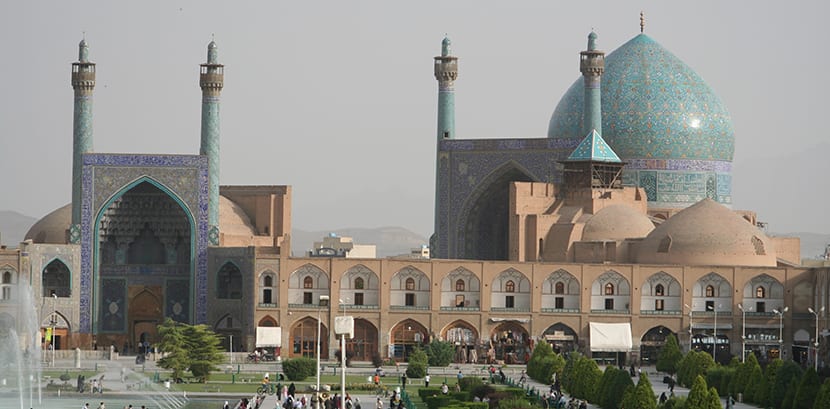
La Masjed-e Shah Mosque it is a richly decorated building with blue mosaics everywhere and worthy example of Safavid architecture. Its portal is a 1611 construction of 30 meters high and with gold, silver and blue tiles, but in truth the works lasted a few more years, until the last reign of its promoter, Shah Abbas, in 1629. Fortunately nothing has changed since then and that's why is a World Heritage Site.
You can see it in Nasqh-e Jahan Square and it is open from Saturday to Thursday from 9 to 11:30 am and from 1 to 4 pm. On Fridays it only opens in the afternoon. The entrance costs 3 US $.
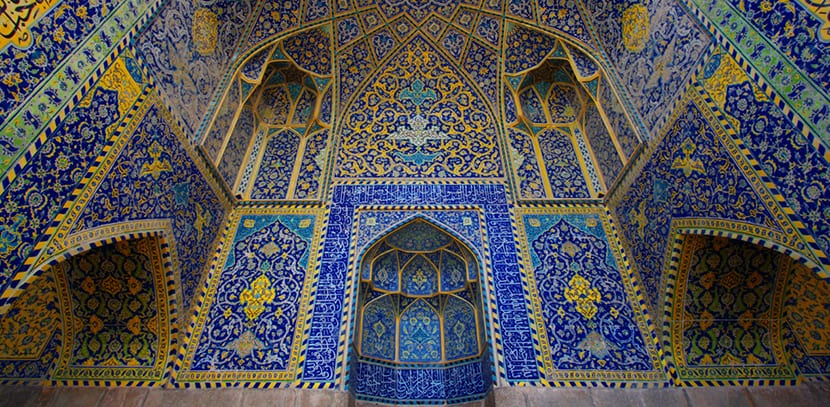
To continue enjoying Islamic architecture you can visit the Masjed-e Jameh, a complex turned into an architecture museum but still very active as a place of prayer, so there is always movement. Is the call Friday Mosque. A couple of hours hanging around and you will have a good journey through eight centuries of Islamic architecture and design, seeing the contributions of every royal house, even the Mongols.
There is a central courtyard with four ablution fountains, the iwans, in the style of Mecca, surrounded by porticoes from the 20th century. Not to be missed is the Sultan Uljeitu Hall, with stucco inscriptions, flower designs and alabaster beauties. All in XNUMX thousand square meters.
The building that once served as the warehouse and stables of the Safavid kings now houses the Museum of Decorative Arts of Iran. Today his collection is made up of works from the Qajar and Safavid periods: ceramics, lacquer ware, crystals, traditional costumes, weapons, knightly items, wood carvings, and much more. It is on Ostandri street and is open from Saturday to Wednesday from 8 am to 1 pm and Thursdays from 8 am to noon. Admission is $ 3.

No, I did not forget the square of Isfahan: it is the Nasqshe Jahan Square. It was built in 1602 and is one of the two World Heritage Sites from the city. Here everything is symmetrical and orderly, its gardens, its paths, its fountains. It is an excellent place to contemplate the evolution of the daily life of the Iranians: 150 meters long by 165 wide. Enormous! And the obligatory photo is that it includes the Mosque, due to its colors.

If you walk around you will see the Garden of Baghe Chehel Sotun, an example of the classic Persian garden that makes up the list of World Heritage Sites and is worth visiting. Just as in Tehran there is a huge and interesting bazaar, Isfahan has its own. The Isfahan Bazaar it's historical and it is one of the largest and oldest in the region. It has two kilometers covered and is linking the old part with the new part of the city.
You find it north of Naqsh-e Jahan Square. A nice walk around here is to get on one of the buggies that go around the square and not stop seeing and taking photos, as the Iranian tourists who come from the rest of the country do.
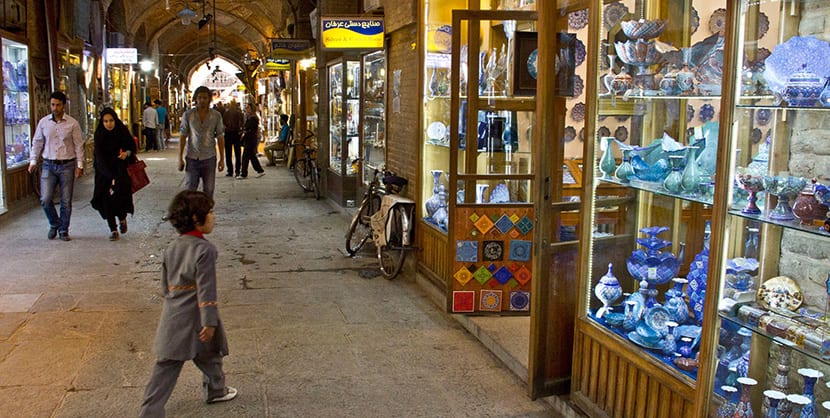
The city is also a very important national handicraft center so around the central square and inside the bazaar you can make nice purchases of ceramic objects, rugs, tablecloths with flower designs, kitchen utensils or see directly the artisans and artists at work.
Last though the river may be dry there are many bridges and some of them are beautiful (the Pol-e-si-i, for example). If you fall under the Kajú Bridge on a Friday, young men sing without musical instruments, taking advantage of the resonance that forms under the structure.
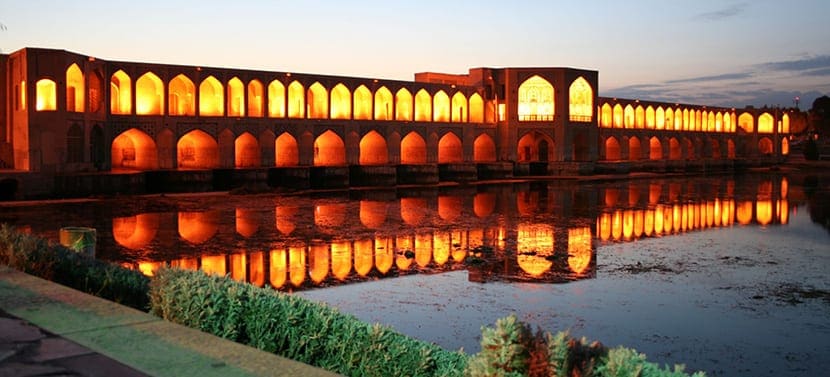
I have left in the inkwell the Fire Temple and Vank Cathedral, an Armenian temple, with its beautiful frescoes, and of course the streets, the sympathy of the people, the little cafes that are not abundant but exist and the pleasant feeling that one is well received, with curiosity (it is not a lie that it is a country closed to western culture), but its people, oh, its people, are unforgettable.